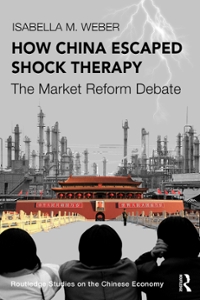Question
Microeconomics questions 1 Explain briefly how a life office calculates the new sum assured or annual premium on the alteration or conversion of an existing
Microeconomics questions
1 Explain briefly how a life office calculates the new sum assured or annual premium on the
alteration or conversion of an existing policy.
A life office issued a whole life without profits policy to a woman aged 30, with sum assured of
110,000. Premiums were payable annually in advance throughout life, and the sum assured
was payable at the end of the year of death. Immediately before payment of the 15th premium,
the policyholder requests that the policy be converted to a without profits endowment assurance
for the same sum assured, payable on maturity at age 60 or at the end of the year of death, if
before age 60. The office calculates premiums and maintains reserves on the basis of A1967-70
ultimate mortality and 4% per annum interest, with expenses of 4% of each premium. Expenses
of alteration may be ignored.
Find the revised annual premium.
On 1 January 1972 an office issued a large number of 40-year endowment assurance policies,
each with sum assured 1000 (payable at the end of the year of death, if this occurs within the
term) to a group of lives all then aged 25. On 31 December 1988 there were 8567 policies still
in force. During 1989 there were 13 deaths among the policyholders.
Find the actual death strain, the expected death strain and the mortality profit or loss for the
business in 1989, using the following basis for all calculations:
mortality: A1967-70 select
interest: 4% p.a.
expenses: none
On 1 January 1991, a life office issued a number of identical special endowment assurances to
lives then aged 45. Each policy had a term of 15 years and level annual premiums were payable
throughout the term. On survival to the end of the term, a sum assured of 5000 is payable.
On death before the end of the term, a sum assured of 1000 is payable at the end of the year
of death and, in addition, all premiums paid are returned without interest.
The premium basis for these policies was as follows:
mortality: A1967-70 select
interest: 4% p.a.
expenses: Nil
(i) Show that the annual premium for each of these policies is 242.27.
(ii) Calculate the reserve, on the premium basis, on 1 January 1996 for one of these policies,
assuming that the premium then due is unpaid.
(iii) On 1 January 1995, a total of 10,000 of these policies were still in force. In 1995, 47
of these lives died, ten policies were surrendered, and the life office earned 4% interest
on its investments. Expenses were negligible in 1995. The surrenders all took place at
the end of 1995, and the office gave surrender values equal to 95% of the reserve on the
premium basis.
Calculate the profit or loss to the office in 1995 from this block of business in respect

Step by Step Solution
There are 3 Steps involved in it
Step: 1

Get Instant Access to Expert-Tailored Solutions
See step-by-step solutions with expert insights and AI powered tools for academic success
Step: 2

Step: 3

Ace Your Homework with AI
Get the answers you need in no time with our AI-driven, step-by-step assistance
Get Started


